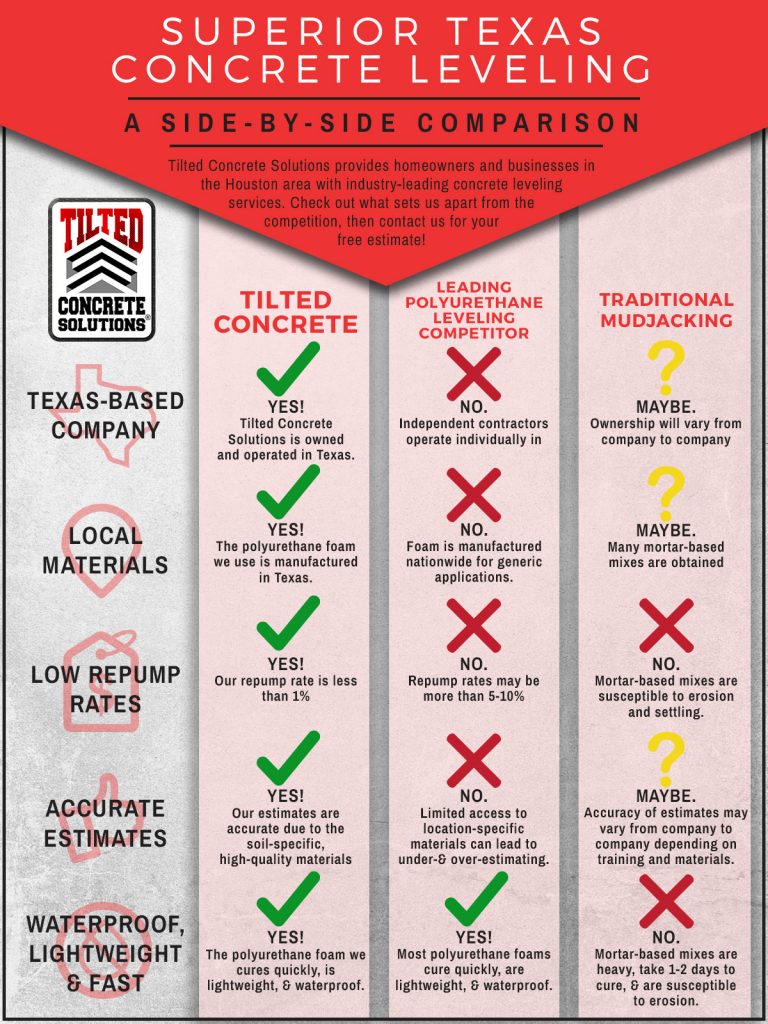Discover The Methods Which Seasonal Elements Can Impact The Success Of Industrial Outside Painting And Identify The Very Best Times To Accomplish Long-Term Outcomes For Your Job
Discover The Methods Which Seasonal Elements Can Impact The Success Of Industrial Outside Painting And Identify The Very Best Times To Accomplish Long-Term Outcomes For Your Job
Blog Article
Written By-Regan Bagger
When you're planning a commercial external painting task, seasonal factors can make or break your results. You'll wish to think about how temperature and moisture effect paint application and drying out times. Picking the appropriate season can ensure your paint adheres appropriately and lasts much longer. But which periods are truly the best for this kind of job? Let's explore the key elements that can affect your project's success.
The Influence of Temperature Level on Paint Application
When you're planning a commercial exterior painting job, the temperature can significantly influence exactly how well the paint adheres and dries out.
Preferably, you intend to repaint when temperatures vary in between 50 ° F and 85 ° F. If it's as well cool, the paint might not cure correctly, causing issues like peeling or fracturing.
On the flip side, if it's also hot, the paint can dry out also rapidly, preventing appropriate attachment and resulting in an uneven finish.
You should additionally think about the time of day; morning or late afternoon uses cooler temperatures, which can be more desirable.
Always check the producer's recommendations for the particular paint you're using, as they commonly provide advice on the optimal temperature array for ideal outcomes.
Humidity and Its Result on Drying Times
Temperature isn't the only environmental variable that affects your industrial exterior painting project; moisture plays a considerable duty also. High humidity degrees can slow down drying times dramatically, affecting the total quality of your paint task.
When the air is saturated with dampness, the paint takes longer to heal, which can result in concerns like bad attachment and a higher danger of mildew growth. If you're repainting on an especially moist day, be prepared for extended wait times between coats.
It's crucial to keep track of regional weather and plan as necessary. Ideally, go for humidity degrees between 40% and 70% for ideal drying out.
Maintaining these factors in mind ensures your task remains on track and provides a long lasting finish.
Best Seasons for Commercial Exterior Paint Projects
What's the very best season for your commercial exterior paint jobs?
Springtime and very early fall are typically your best options. Throughout these periods, temperature levels are moderate, and moisture degrees are commonly lower, developing ideal conditions for paint application and drying out.
Stay clear of summer season's intense heat, which can trigger paint to completely dry too rapidly, bring about bad bond and coating. In a similar way, wintertime's cool temperature levels can prevent correct drying and curing, running the risk of the long life of your paint work.
Aim for days with temperatures in between 50 ° F and 85 ° F for optimum results. Keep in mind to check the neighborhood weather prediction for rain, as wet problems can ruin your job.
Preparation around these aspects ensures your painting project runs efficiently and lasts much longer.
Final thought
To conclude, intending your business external painting jobs around seasonal factors to consider can make a considerable difference in the end result. By organizing click here during the optimal temperatures and humidity levels, you'll make sure far better attachment and drying times. Remember to keep st. louis park interior painter on regional weather report and select the correct time of year-- spring and early fall are your best bets. Taking these actions will help you attain a long lasting and expert finish that lasts.
